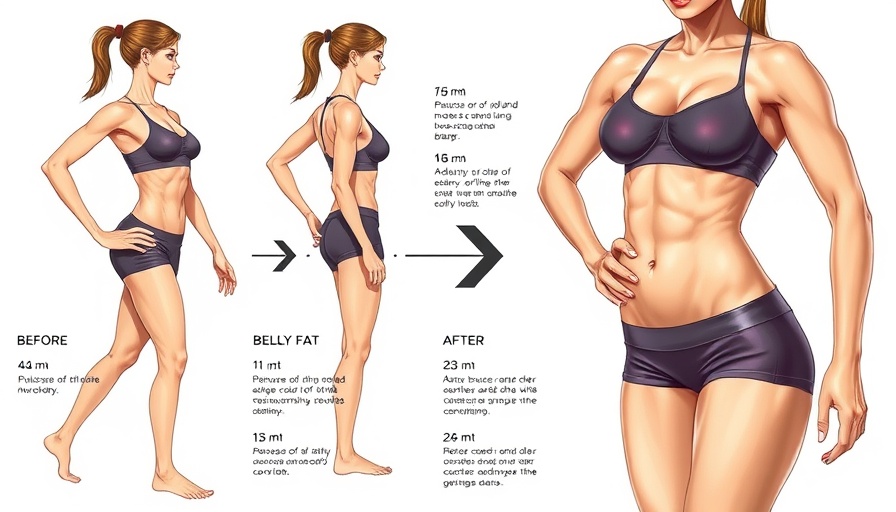
Mastering the 5-Day Workout Split: Your Ultimate Guide
Are you ready to elevate your fitness game with a structured approach? The 5-day workout split offers a comprehensive way for gym owners and trainers to tailor training programs for their clients and themselves. By isolating muscle groups and providing rigorous training sessions, individuals can achieve their fitness aspirations while ensuring adequate recovery time.
Understanding the 5-Day Workout Split
A 5-day workout split is a training regimen where you allocate five days a week to focusing on different muscle groups, allowing for optimum recovery and performance. Skipping the guessing game, it brings a sense of organization to workout schedules, enabling individuals to concentrate on both strength and muscle building effectively.
Diverse Options for Your Fitness Goals
There are several types of 5-day workout splits, each tailored for different fitness objectives:
- Push/Pull/Legs Split: A structured regimen breaking down workouts into pushing (chest, shoulders, triceps), pulling (back, biceps), and legs (quads, hamstrings, calves). This routine not only balances efforts across muscle groups but also fosters adequate recovery.
- Upper/Lower Split: This format separates training into upper body and lower body days, suitable for those wanting to intensify their focus on particular muscle maneuvers, enhancing overall appeal and effectiveness of workouts.
- Body Part Split: Dedicating each day to a specific muscle group (e.g., Chest, Back, Legs) allows for maximum training volume and has become a staple among bodybuilders aiming for targeted hypertrophy.
- Full Body Split: Ideal for beginners or those short on time, this split allows individuals to hit all major muscle groups in one session, ensuring overall strength gains throughout the week.
Benefits that Keep You Motivated
With a well-structured 5-day workout split, you unlock numerous advantages:
- Optimal Recovery: Each muscle group receives rest before being worked again, minimizing injury risk and promoting growth.
- Variety and Engagement: Changing up exercises keeps routines fresh and engaging, making workouts something to look forward to.
- Targeted Muscle Growth: Focused muscle attention allows enthusiasts to improve on weaker areas by modifying efforts to get more defined results.
- Improved Strength: Structured splits lead to sustainable growth patterns, enhancing performance across the board.
Insights from Top Athletes
The popularity of the 5-day split has been amplified by fitness icons like Chris Bumstead, a testament to the efficacy of this approach. By sharing their training techniques and philosophies through social media platforms, these figures inspire countless fitness enthusiasts to adopt similar methods.
Chris Bumstead's approach emphasizes:
- Focus on compound movements such as squats and deadlifts to engage multiple muscle groups at once, enhancing both strength and muscle density.
- The significance of maintaining a strong mind-muscle connection for optimal performance.
- Adopting structured recovery practices ensures sustainable progress and aids in preventing injuries.
Potential Pitfalls and Challenges
Despite these benefits, it’s crucial to navigate potential challenges thoughtfully:
- Overtraining: Lack of adequate recovery can lead to plateaus and injuries. Listen to your body and take necessary breaks.
- Injury Risk: Always prioritize proper form to prevent injuries and ensure long-term viability in your training regime.
- Sustainability: Ensure this method fits your lifestyle and schedule. If not, consider shorter splits for maintaining consistency.
Conclusion: Is the 5-Day Split for You?
In determining whether a 5-day workout split suits your needs, consider your fitness goals, recovery ability, and lifestyle. Tailor it to your preferences and be sure to allow your body enough recovery time to thrive. Ultimately, the goal is to create a sustainable routine that promotes health and fitness effectively.
As gym owners and trainers, implementing a tailored 5-day workout split may be just what your clients need to unlock their full potential.
 Add Row
Add Row  Add
Add 




Write A Comment